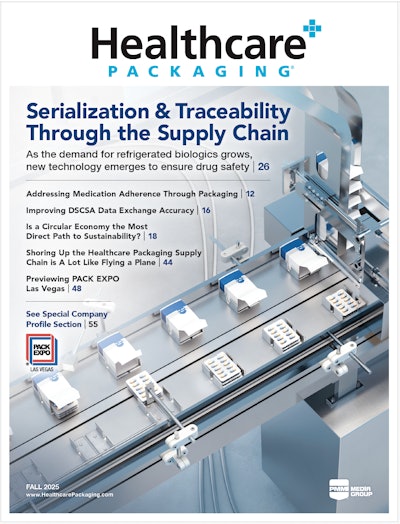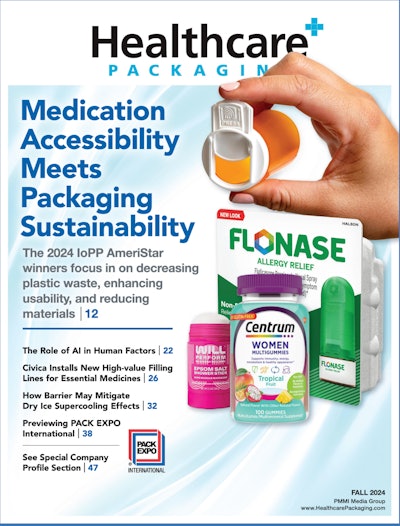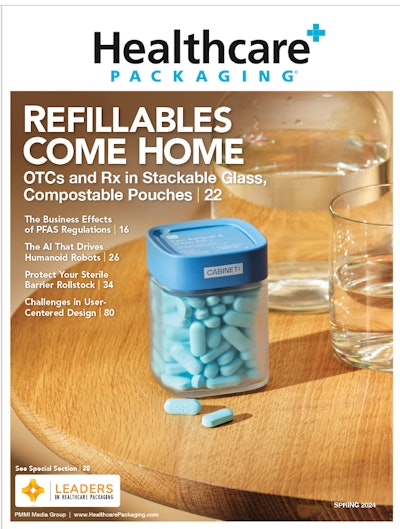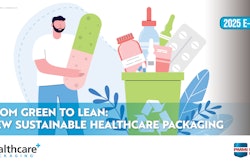The New York Times has reported that the World Health Organization (WHO) declared the Wuhan coronavirus outbreak a global health emergency, reversing its decision from one week ago.
Most of the reported cases have occurred in China, but with thousands of new cases and evidence of “clear human-to-human transmission in several other countries” including the U.S., the organization has declared a “public health emergency of international concern” (also known as PHEIC).
The Times notes that this declaration does not lead to any legal force, but it serves as notification to UN member states about the concern. Whether those states institute travel bans or screenings is up to individual governments.
As the article notes, the WHO has praised China for its “aggressive response” to the virus. The country locked down 12 cities and suspended some public transportation services in the Hubei Province, affecting over 30 million people at the height of the New Year holidays. The Times described this as “an act tantamount to quarantining the American Midwest at Christmastime.”
Declaring global emergency is not a decision the WHO takes lightly, as closed borders and cancelled flights are disruptive to millions, and in the worst cases, can cause panic or shortages of food and medicine.
At this time, approximately 8,000 cases have been reported, with 170 deaths. 124 people have recovered and been discharged from hospital.
At least two doctors have called for a more nuanced emergency system, perhaps with graduated threat levels of green-yellow-red versus a binary “PHEIC or not” system.
Update as of Feb. 7, 2020
The Johns Hopkins dashboard posts statistics about the virus. As of 2/7/20:
- Total Confirmed - 31,530
- Total Deaths - 638
- Total Recovered - 1,764
As countless APIs, capsules and raw materials are imported from China, some suppliers are issuing statements to say that their supply is unaffected by the virus. However, supply chain effects may eventually be felt for medicines that depend on materials from certain regions in the country.
As Janet Woodcock, M.D., Director - CDER, said in Nov. 2019, "...because of the limitations of available data, we cannot assess the extent of U.S. dependence on China. For instance, we do not have information about the volume of API being produced in China or even in the United States, or how much of China’s API output reaches the U.S. market through other countries. "























